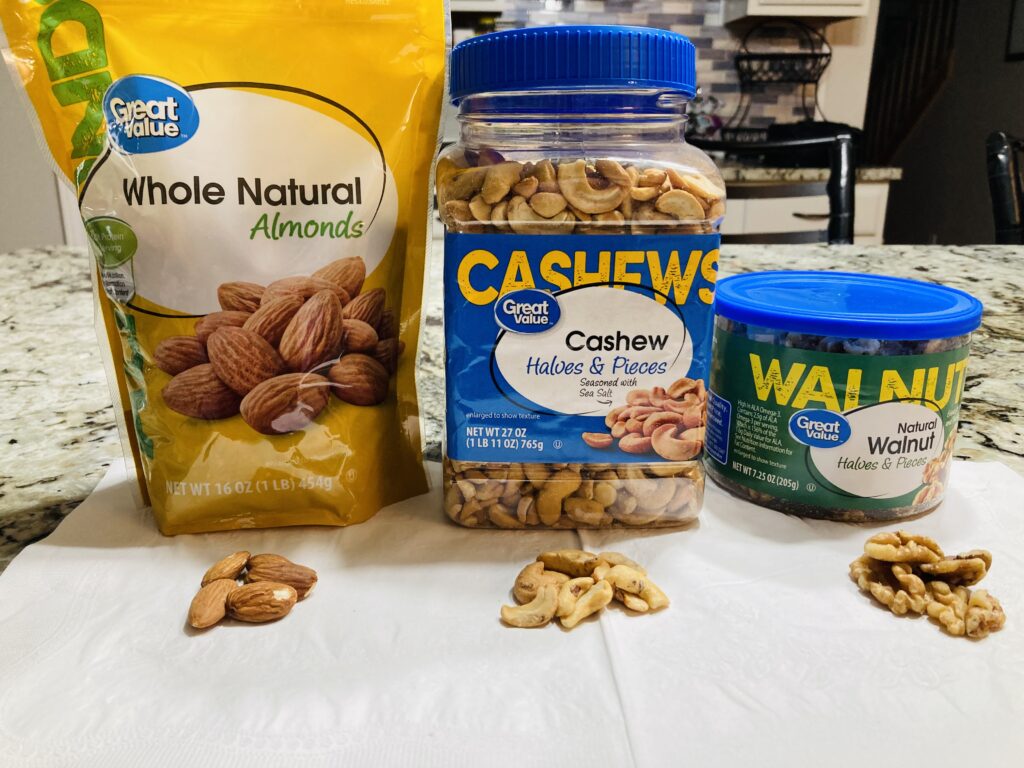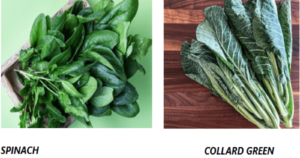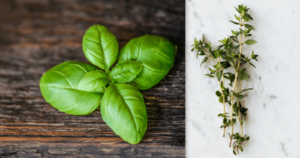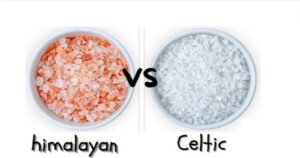Avocado is a fruit, not a vegetable.
Botanically, it’s a berry with a single large seed.
Culinarily, people often treat it as a vegetable because it’s savory, not sweet.
It’s rich in healthy fats, fiber, and nutrients, making it unique among fruits.
Avocado is classified as a berry in botanical terms because of the way its fruit develops. Here’s why:
1. Berry definition (botany): A berry is a fleshy fruit that develops from a single ovary, has a soft pericarp (fruit wall), and usually contains one or more seeds embedded in the flesh.
2. Avocado’s structure: It develops from a single ovary, has a fleshy pulp, and encloses a single large seed. This matches the botanical criteria for a berry.
3. Contrast with culinary use: In cooking, berries are thought of as small, sweet fruits like strawberries or blueberries, but botanically, strawberries aren’t true berries—while avocados are.
4. Special case: Avocado is specifically called a “single-seeded berry”, since most berries (like tomatoes and bananas) usually have multiple seeds.
👉 In short: Avocado is a berry because of its botanical fruit structure, not its culinary traits.
Where do Avocado grow?

Avocados grow best in warm, frost-free climates with mild temperatures. Here’s a breakdown of the ideal growing conditions:
🌍 Regions
- Native origin: Central and South America (Mexico, Guatemala, southern Peru).
- Major producers today: Mexico, California (USA), Florida (USA), Chile, Peru, Colombia, Israel, Spain, South Africa, Australia, New Zealand.
🌡️ Best Weather & Climate
- Temperature: Ideal range is 60–85°F (15–29°C).
- Cold sensitivity: Cannot tolerate freezing; frost damages leaves and fruit.
- Sunlight: Full sun is best, with at least 6 hours daily.
- Rainfall: Moderate, but they dislike waterlogged soil. Well-draining soil is essential.
- Humidity: Prefer moderate humidity (too dry = stress; too wet = root rot).
Avocados thrive in subtropical to tropical climates—warm, sunny, and frost-free with good drainage. That’s why coastal California, Mexico, and parts of South America are perfect.
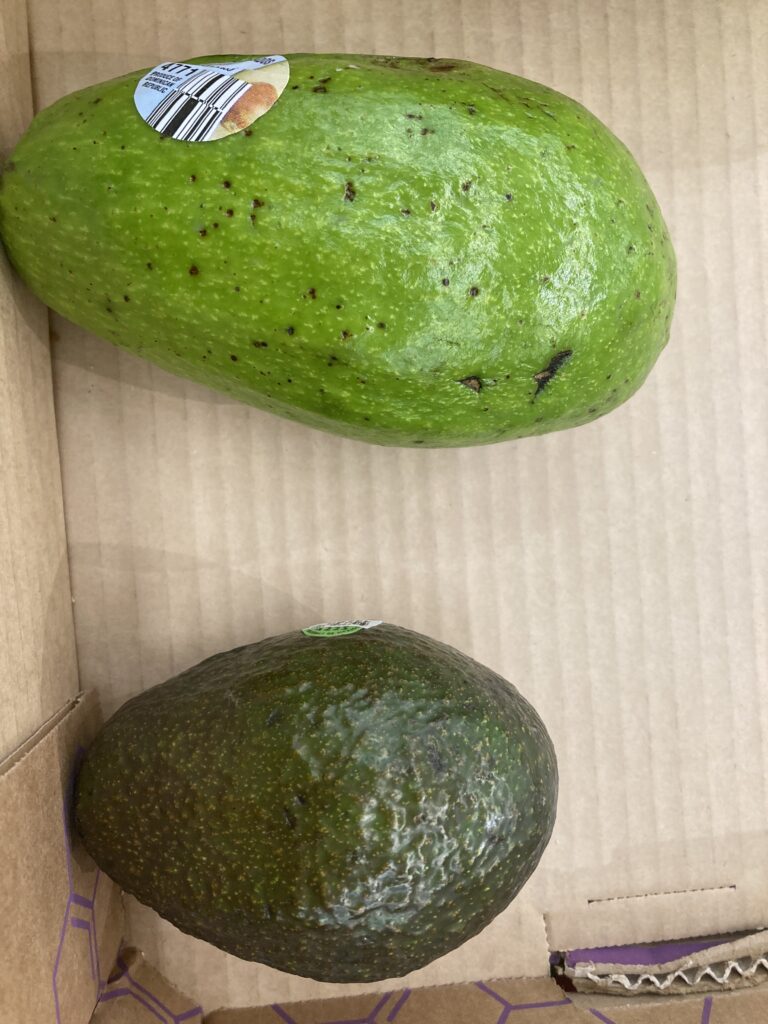
| Region / Characteristic | Details |
|---|---|
| Top Producers | Mexico (≈30%), Colombia, Peru, Dominican Republic, Indonesia, Chile |
| Ideal Climate | Subtropical & Mediterranean regions; warm, frost-free, moderate–high humidity |
| Native Origin | South-central Mexico and Guatemala |
| Growing Trends | Production expanding in Kenya, Peru, Colombia |
Can You Grow an Avocado tree In a Pot?
Yes — you can grow an avocado tree in a pot! In fact, many people do this when they don’t have garden space or live in cooler climates. 🌱🥑
Here’s a clear breakdown:
✅ Advantages of Growing Avocado in a Pot
- Space-saving: Perfect for balconies, patios, or indoors.
- Mobility: You can move the pot to chase sunlight or protect it from frost.
- Control: Easier to manage soil, watering, and pests.
🌡️ Best Conditions
- Pot size: Start with 10–12 inches; eventually move up to a large 20–25 gallon container for mature trees.
- Soil: Well-draining mix (sand + compost + perlite). Avocados hate soggy roots.
- Sunlight: At least 6–8 hours of direct sunlight daily. Place near a sunny window or outside.
- Temperature: Keep between 60–85°F (15–29°C). Bring indoors if frost is expected.
- Watering: Water deeply, then let the top 2 inches of soil dry before watering again.
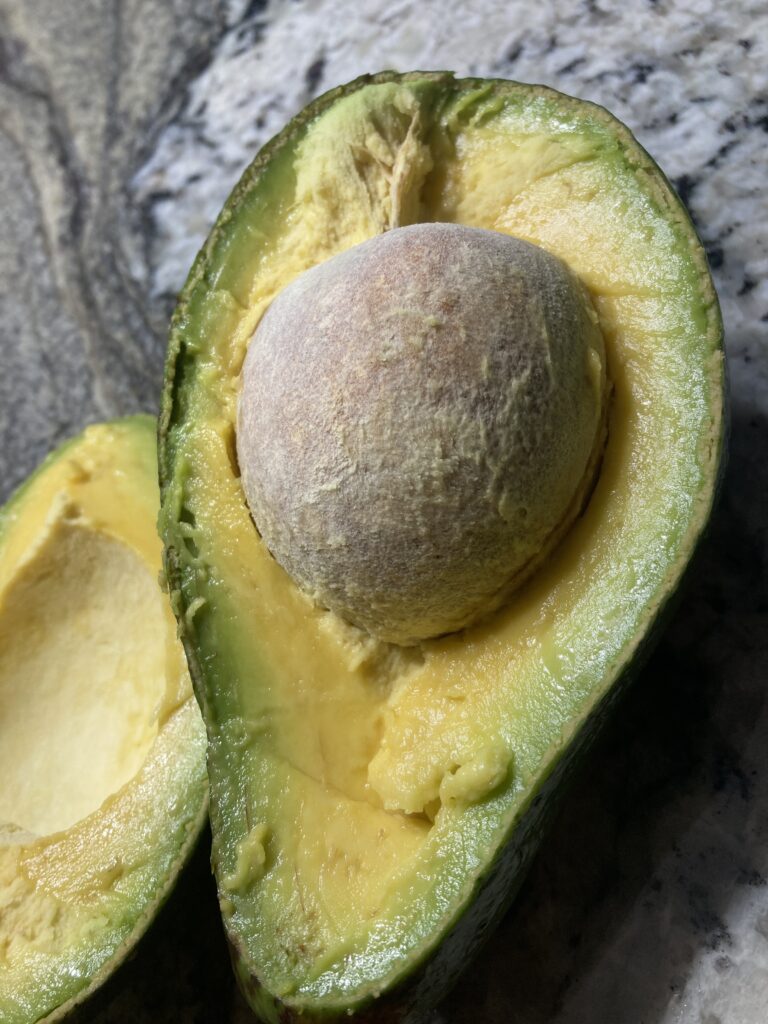
🍋 Fruiting in a Pot?
- It’s possible! Choose a dwarf variety (like ‘Wurtz’/“Little Cado,” ‘Holiday,’ or ‘Lamb Hass’).
- Container avocados may take 3–5 years to fruit.
- You may need to hand-pollinate if grown indoors.
🪴 Quick Tips for Success
- Fertilize every 4–6 weeks with a citrus/avocado fertilizer.
- Prune lightly to keep the tree small and bushy.
- Use a pot with good drainage holes to prevent root rot.
Are avocados healthy?
Yes — avocados are very healthy! 🥑 They’re often called a “superfood” because they pack a lot of nutrients and healthy fats.
Here’s a quick breakdown:
🌟 Key Health Benefits of Avocados
- Heart Health ❤️
- Rich in monounsaturated fats (the “good” fats) that help lower bad cholesterol (LDL) and raise good cholesterol (HDL).
- Contain potassium (even more than bananas), which helps regulate blood pressure.
- Nutrient-Rich 🍽️
- Provide vitamins K, E, C, B6, and folate.
- Full of antioxidants like lutein and zeaxanthin, which support eye health.
- Digestive Health 🌿
- High in fiber (about 10g per avocado), supporting digestion and gut health.
- Weight & Satiety ⚖️
- Healthy fats + fiber = keep you full longer, which may help with weight management.
- Blood Sugar Control 🩸
- Low in carbohydrates, with healthy fats that stabilize blood sugar levels.
⚠️ Things to Keep in Mind
- They’re calorie-dense (about 240 calories per avocado), so portion control matters.
- Some people allergic to latex may also react to avocados.
✅ Bottom line: Avocados are one of the healthiest fruits you can eat — especially for heart, digestion, and overall nutrition.
Do avocados help with weight loss?
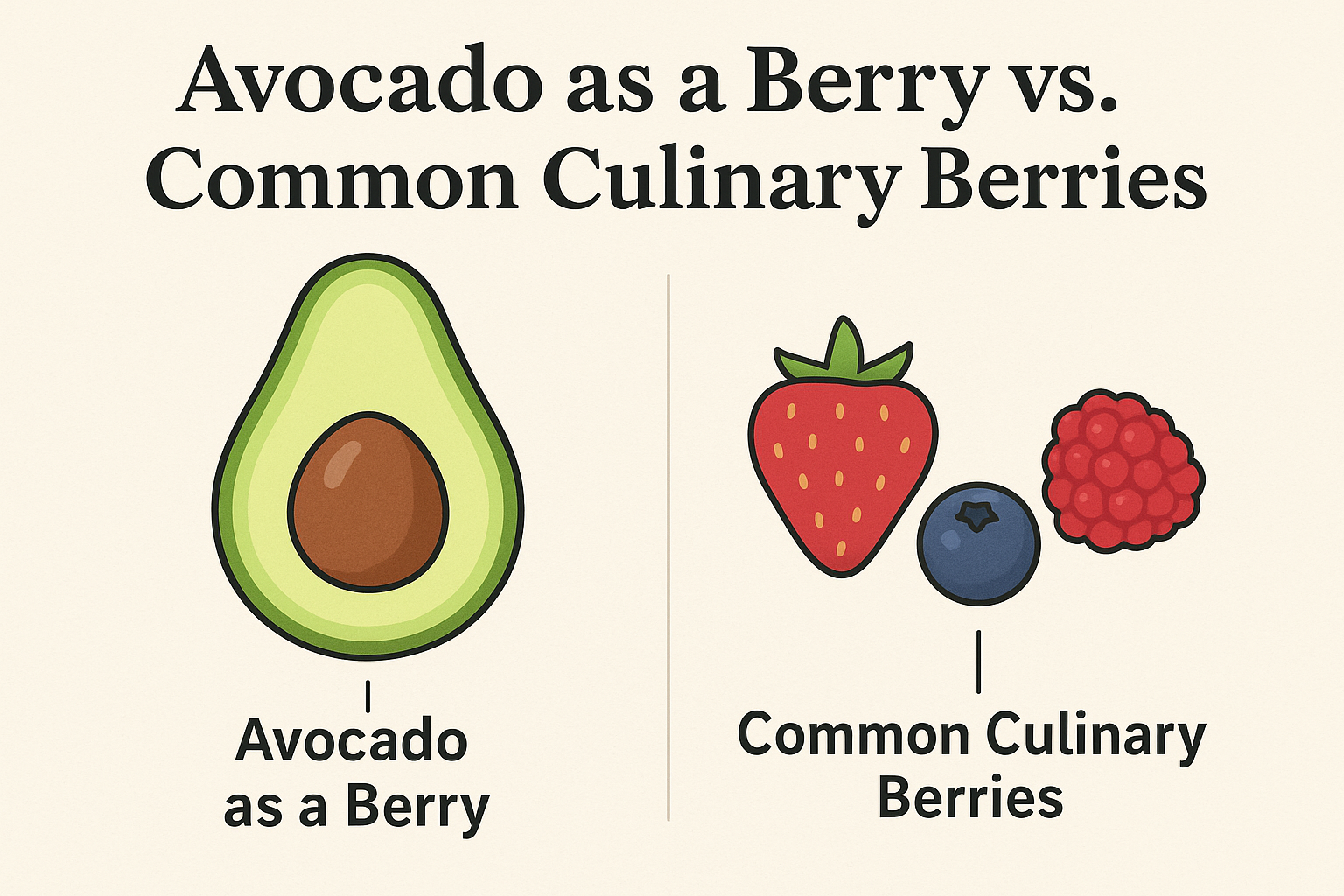
Yes, avocados can help with weight loss when eaten in moderation. Here’s why:
- High in healthy fats – They contain monounsaturated fats, which keep you satisfied longer and may help reduce cravings.
- Rich in fiber – A single avocado has 7–10 grams of fiber, which slows digestion and promotes fullness.
- Nutrient-dense – Packed with vitamins, minerals, and antioxidants, they provide nutrition without excessive calories.
- Portion control matters – Avocados are calorie-dense (about 240 calories per fruit), so eating too much can stall weight loss.
✅ Best approach: Use ½ an avocado per meal (like on toast, in salads, or smoothies) to boost satiety without overdoing calories.
Are avocados good for cholesterol?
Yes — avocados are very good for cholesterol management when eaten in moderation. Here’s a breakdown:
How Avocados Affect Cholesterol
- Lower LDL (“bad”) cholesterol
Clinical studies show that replacing saturated fats (like butter or cheese) with avocado’s monounsaturated fats can significantly reduce LDL cholesterol. - Raise HDL (“good”) cholesterol
Regular avocado intake may modestly increase HDL, which helps clear cholesterol from the bloodstream. - Reduce triglycerides
Some trials also show decreases in blood triglycerides, another cardiovascular risk factor. - Improve overall lipid profile
The combined effect is a better LDL-to-HDL ratio, linked to lower risk of heart disease.
Do avocados have protein?
Yes — avocados do have protein, but only a small amount compared to other protein-rich foods.
🥑 Protein in Avocados
- 1 medium avocado (about 150 g) → ~3 grams of protein
- ½ avocado → ~1.5 grams of protein
- Protein makes up only about 4% of its calories.
⚖️ How Avocado Protein Compares
- Avocado: ~3 g per fruit
- Egg: ~6 g per large egg
- Almonds: ~6 g per 1 oz (23 almonds)
- Chicken breast (3 oz): ~26 g
So, avocados are not a significant protein source. Their strength lies in healthy fats, fiber, potassium, and antioxidants.
Avocados provide some protein, but if you’re aiming to build or maintain muscle, they should be paired with higher-protein foods like eggs, beans, lean meats, or tofu.

How do you know when an avocado is ripe?
You can tell an avocado is ripe by checking three key signs:
- Color – Many varieties (like Hass) darken as they ripen. The skin changes from bright green to a darker, almost black-green.
- Gentle Squeeze – Place it in your palm (don’t use fingertips to avoid bruising) and press lightly. A ripe avocado feels a bit soft and may indent but isn’t mushy.
- Stem Test – Flick off the small stem at the top.
- If it comes away easily and the flesh beneath is green, it’s ready.
- If it’s hard to remove, it’s not ripe yet.
- If the flesh under the stem is brown, it’s overripe.
- The seed is Loose, and if you shake the fruit, you will feel the seed moving inside.
👉 Extra tip: If you need it to ripen faster, keep it in a brown paper bag with an apple or banana (they release ethylene gas).
How to ripen an avocado quickly?
Here are the quickest ways to ripen an avocado:
1. Paper Bag Method (12–48 hours)
- Place the avocado in a brown paper bag.
- Add an apple, banana, or kiwi—they release ethylene gas, which speeds ripening.
- Fold the bag shut and leave at room temperature.
- Check daily until it yields gently when pressed.
2. Warm Spot Method (1–3 days)
- Leave the avocado near a sunny window or warm kitchen counter.
- Warmer air helps ripening, but don’t leave in direct, harsh sunlight too long—it can shrivel.
3. Oven Method (30–60 minutes – for immediate use)
- Wrap the avocado in aluminum foil.
- Place in a 200°F (93°C) oven for 30–60 minutes, until slightly softened.
- Cool in the fridge before using. (This changes flavor/texture slightly, best for guacamole or spreads rather than slicing.)
4. Microwave Method (1–2 minutes – last resort)
- Pierce the skin with a fork.
- Microwave on medium for 30-second intervals until softened.
- Cool before handling. (Texture may be mushy and less flavorful.)
👉 Best method: Paper bag + banana/kiwi—it’s natural, quick, and keeps flavor.
How to keep avocado from turning brown?
Avocados brown quickly because their flesh oxidizes when exposed to air. Here are the best ways to keep them fresh and green:
For Cut Avocados
- Lemon or Lime Juice – Brush the flesh with citrus juice; the acidity slows browning.
- Olive Oil Coating – Lightly brush with oil to create an air barrier.
- Onion Method – Store avocado halves with sliced red onion in an airtight container; sulfur compounds help prevent browning.
- Plastic Wrap – Press wrap tightly against the surface (minimizes oxygen contact).
- Airtight Container with Water – Place flesh-down in a small container with water, then seal; pour water off before eating.
For Mashed or Guacamole
- Citrus Juice Mix – Add lemon/lime juice directly into guac.
- Plastic Wrap Seal – Press plastic wrap directly on the surface.
- Thin Water Layer – Smooth guac flat, add a thin layer of water on top, cover and refrigerate; drain water before serving.
Storage Tips
- Refrigeration – Always refrigerate cut or ripe avocados; slows down oxidation.
- With the Pit – Leaving the pit in only slows browning for the area it covers—not the whole fruit, but still helps a little.
👉 Rule of thumb: Block air + add acid + keep cool = green avocado.
Yes—you can freeze avocado, but the method depends on how you want to use it later:
🥑 Whole or Halved Avocados
- Peel and pit first (skin and pit don’t freeze well).
- Brush with lemon or lime juice to prevent browning.
- Wrap tightly in plastic wrap, then place in a freezer bag.
- Best for: Smoothies, spreads, or guacamole (texture becomes softer, not good for slices).
🥑 Mashed Avocado or Guacamole
- Mash with a little lemon/lime juice.
- Place in an airtight container or freezer bag (remove excess air).
- Freeze flat (easy to break off portions later).
- Best for: Toast, dips, dressings.
🥑 Shelf Life
- Frozen avocado keeps for 4–6 months.
- Thaw in the fridge overnight or use directly in smoothies.
⚠️ Note: After freezing, avocado won’t have the same creamy-slice texture—it’s best for blended or mashed dishes.
Can dogs eat avocado?
Yes — but with caution. 🐶🥑
✅ Safe Parts (in moderation)
- Flesh: Small amounts of ripe avocado flesh are generally safe for most dogs.
- It contains healthy fats, vitamins, and fiber.
- Best given as an occasional treat, not daily food.
⚠️ Risky Parts
- Pit/Seed: A choking hazard and can cause intestinal blockage.
- Skin & Leaves: Contain more persin (a natural toxin). In large amounts, persin can upset a dog’s stomach and cause vomiting/diarrhea.

🚫 Avoid Giving Too Much
- Avocados are high in fat → may trigger pancreatitis in sensitive dogs.
- Some dogs are more sensitive to persin than others.
🐕 Bottom Line
- Yes: Tiny bites of the flesh, occasionally, are fine for most healthy dogs.
- No: Pit, skin, leaves, or large amounts of flesh.
- When in doubt: Ask your vet before adding avocado to your dog’s diet.
Can people be allergic to avocado?
Yes — some people can be allergic to avocado. 🥑🚫
Types of Avocado Allergy
- Oral Allergy Syndrome (OAS)
- Common in people allergic to birch pollen or latex.
- Symptoms: Itchy mouth, lips, throat, or swelling shortly after eating raw avocado.
- Latex-Fruit Syndrome
- Avocado contains proteins similar to those in natural rubber latex.
- People with latex allergy may also react to avocado, banana, chestnut, or kiwi.
- Symptoms: Can range from itching to more severe reactions.
- True Food Allergy
- Less common, but some have a direct immune response to avocado proteins.
- Symptoms: Hives, stomach pain, vomiting, or even anaphylaxis (rare but serious).
What to Do
- Mild reaction → Avoid avocado, try antihistamines.
- Severe reaction (trouble breathing, swelling, anaphylaxis) → Call emergency services immediately and use an epinephrine injector if prescribed.
- If unsure → See an allergist for testing.
Do avocados interact with medications?
Yes — avocados can interact with certain medications, though not as widely as grapefruit does. Here’s what’s known
1. Blood Thinners (e.g., Warfarin/Coumadin)
- Interaction: Avocados are rich in vitamin K, which helps blood clotting. Eating large or inconsistent amounts can reduce the effectiveness of warfarin and increase clotting risk.
- Tip: Keep avocado intake consistent and let your doctor know.
2. Cholesterol-Lowering Drugs (Statins)
- Interaction: Unlike grapefruit, avocado doesn’t significantly interfere with statin metabolism. However, its high healthy fat content may improve cholesterol profiles and enhance the benefits of statins.
- Tip: Safe in moderation, but don’t overdo fats if you’re on statins.
3. Blood Pressure Medications
- Interaction: Avocados are high in potassium. When combined with ACE inhibitors (e.g., lisinopril, enalapril) or potassium-sparing diuretics (e.g., spironolactone), they may increase potassium levels too much → risk of hyperkalemia (irregular heartbeat, weakness).
- Tip: Monitor potassium if you eat avocados often.
4. Diabetes Medications
- Interaction: Avocados are low-carb and may help stabilize blood sugar, but large amounts of fat may affect absorption of oral diabetes medications.
- Tip: Usually safe, but balance intake.
5. Antifungal & Seizure Medications (less common)
- Some studies suggest avocado extracts may affect drug-metabolizing enzymes, but this is more of a concern with supplements/extracts, not eating the fruit itself.
✅ Bottom Line:
- Avocados are generally safe with most meds.
- Main concerns: warfarin, ACE inhibitors, potassium-sparing diuretics.
- Always keep intake consistent and tell your healthcare provider if you eat them regularly.
Resources
https://www.sciencedirect.com/science/article/abs/pii/S0271531722000203?



